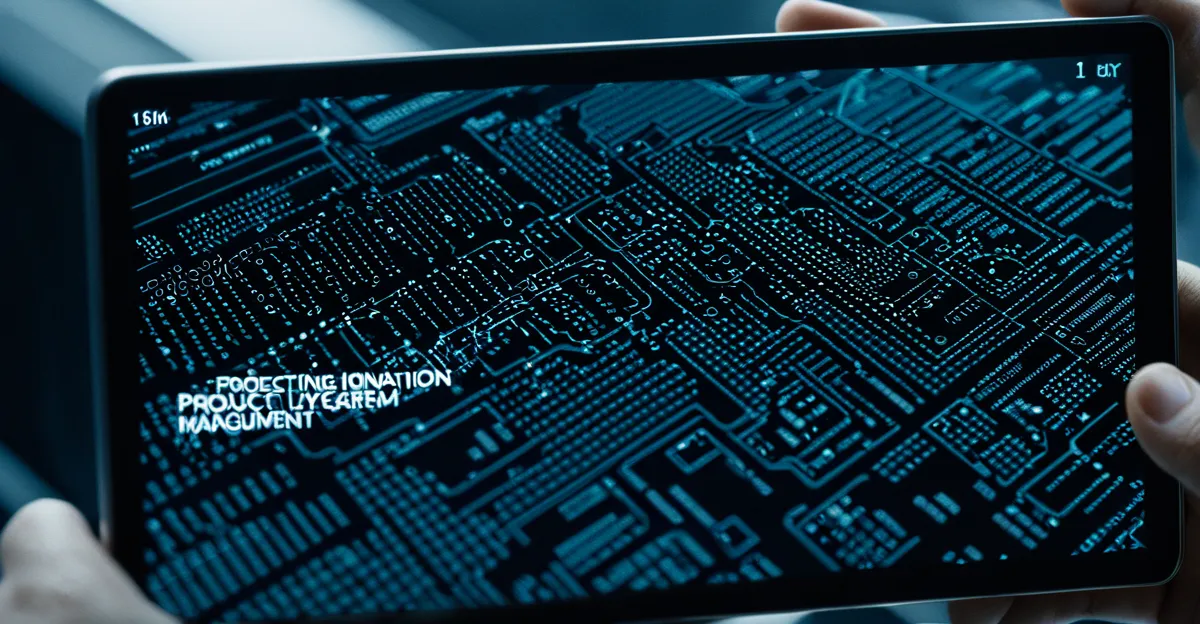Product Lifecycle Management (PLM) streamlines complex product journeys by integrating data, teams, and processes across development, manufacturing, and distribution. This unified approach boosts collaboration, accelerates time to market, and enhances quality control. Understanding PLM’s stages and tools reveals how businesses stay competitive and adapt rapidly, turning innovation challenges into strategic advantages throughout every phase of a product’s life.
Product Lifecycle Management: Definition, Stages, and Strategic Benefits
What is Product Lifecycle Management (PLM)?
Product Lifecycle Management (PLM) is a comprehensive approach that integrates people, processes, and technology across a product’s lifespan—from the initial idea to disposal. This strategy unifies business functions including design, engineering, manufacturing, and support. Adopting PLM helps teams break down departmental silos and makes real-time collaboration possible. Centralized information is at the heart of PLM, guiding decision-making and offering a “single source of truth” for all stakeholders. For further insight, see this page: More details here.
Topic to read : Maximizing Green Power: Leveraging AI for Boosted Efficiency in Renewable Energy Management
The Stages of the Product Lifecycle: Examples in Action
The product lifecycle travels through distinct stages:
- Concept & Design: Where novel ideas are brainstormed, requirements defined, and prototypes created. For example, an automotive company may use advanced CAD tools to visualize and refine electric vehicle designs.
- Development: This covers rigorous testing—like validating hardware with user feedback or ensuring software passes acceptance criteria—before large-scale release.
- Manufacturing & Distribution: Cross-functional teams coordinate to ensure products are built to precise specifications and reach the right markets at optimal times.
- Service & Retirement: Ongoing maintenance, repair, recycling, or re-purposing. Legacy devices might be upgraded with new components to extend life and delay obsolescence.
Key Organizational Benefits
PLM’s main appeal lies in enhanced collaboration, robust compliance, and reduced time to market. It keeps teams aligned, ensures that vital data isn’t lost, and enables quick adaptations when customer needs or regulations change. Quality improves through continuous monitoring and rapid feedback, while risks are detected early and tackled efficiently. This unified system helps organizations gain sustainable competitive advantages and futureproof their innovation pipelines.
Additional reading : Building a Secure and Efficient Distributed Ledger Network for Risk-Free Financial Transactions
Technology, Tools, and Industry Applications of PLM
Leading product lifecycle software solutions streamline product development by unifying cross-departmental workflows. Top PLM software—including cloud-based PLM solutions—facilitate real-time information sharing and version control, essential for managing distributed teams. PLM tools comparison often centers on deployment flexibility: cloud-based PLM solutions provide rapid scalability and lower upfront costs, while on-premises options may benefit organizations needing more control over sensitive data. Key players like Siemens PLM software features, SAP product lifecycle solutions, and Teamcenter PLM capabilities dominate discussions for their robust integration and centralized dashboards.
Industries leverage these platforms differently. PLM for manufacturing industries focuses on optimizing assembly and quality assurance processes, while PLM for electronics industry emphasizes fast change management for iterative design. In contrast, PLM for pharma industry supports regulatory compliance, data traceability, and documentation standards. Fashion and apparel sectors apply PLM for agile design cycles and global supply chain coordination. For software development projects, agile PLM software features such as sprint planning and backlog prioritization improve adaptability.
Collaboration platforms are essential—integrating product data management (pdm) integration with PLM for unified records and revisions, and enabling digital twin in product lifecycle monitoring for predictive analytics. PLM integration with ERP ensures smooth business operations, connecting financials, procurement, and inventory with technical data for better decision-making and efficiency.
Overcoming PLM Implementation Challenges and Future Trends
Common barriers: siloed teams, legacy systems, data security, and best practices for successful PLM implementation
PLM implementation strategies often stall due to organizational silos and incompatible legacy systems. Siloed teams prevent seamless lifecycle knowledge sharing, which undermines unified PLM workflow management. Legacy software complicates the integration of product lifecycle management with modern lifecycle management in supply chain contexts, creating cracks in data continuity. Data security is another substantial hurdle, demanding robust lifecycle data governance and up-to-date cybersecurity in PLM practices.
Best practices recommend phased PLM user adoption strategies and comprehensive product lifecycle documentation standards that foster effective lifecycle management automation benefits. Customizing PLM system customization to fit workflows aids in adoption and performance.
Future directions: AI, machine learning, IoT, digital twins, cloud PLM, and sustainability integration
Emerging PLM technologies, such as lifecycle data analytics tools and integration of IoT with PLM, are revolutionizing lifecycle management in supply chain environments. Digital twins and cloud versus on-premise PLM enable new levels of performance measurement and flexibility. Sustainability in product lifecycle management anchors future investment and development.
The vital link between PLM and enterprise cybersecurity, compliance, and supply chain risk management
Effective cybersecurity in PLM ensures compliance and diminishes supply chain risks by closely managing data flows and enabling lifecycle knowledge sharing across product phases. Automated lifecycle data governance tools strengthen compliance and overall security resilience.
Measurement strategies: cost, time-to-market, quality outcomes, and continuous improvement cycles
PLM cost and ROI analysis, alongside robust product lifecycle performance metrics, support continuous improvement. Tracking these within PLM workflow management drives better cost management, faster launches, and higher quality outcomes.











